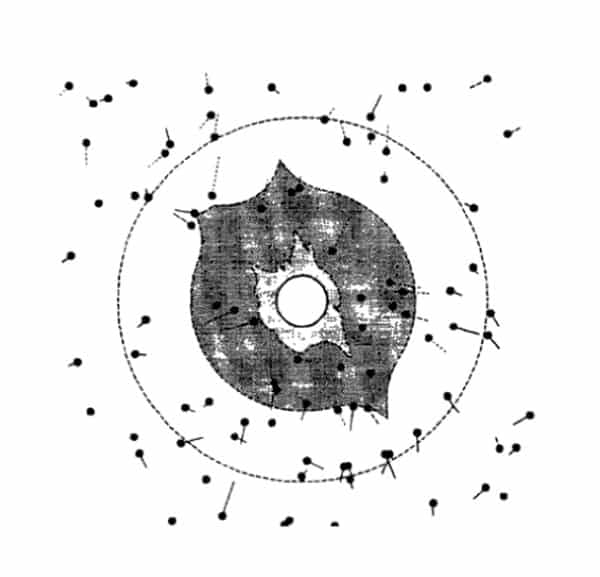How Australia's 1922 solar eclipse proved Einstein right

Credits: Ontario Picture Bureau/Wikimedia Commons
On September 21, 1922, the shadow of a total solar eclipse was to cross Australia. For the occasion, many astronomers came not only to appreciate the spectacle, but also in the hope that their observations would validate Albert Einstein's then controversial theory of general relativity, proposed seven years earlier.
Convince the skeptics
In November 1915, Albert Einstein announced that he had completed his theory of general relativity. Broadly, this describes the influence of the presence of matter and more generally of energy on the movement of the stars, taking into account the principles of special relativity, the theory of which had been published ten years earlier in 1905. This theory also refines the universal theory of gravitation proposed by Newton three centuries earlier.
At the time, one way to test this theory was to photograph the background of stars before and during an eclipse. According to Einstein, the gravity of the Sun should then bend the light of stars far away from our point of view, making them appear in a slightly different position (phenomenon of gravitational lensing). An eclipse could then allow astronomers to make this observation by erasing the glare of the Sun, the space of a few minutes.
World War I prevented astronomers from studying Einstein's prediction for a time, but an opportunity presented itself with the solar eclipse of May 29, 1919 . For the occasion, Britain mounted two separate expeditions in the hope that at least one of them could make the necessary observations.
One of them headed for Sobral, Brazil, while the other was stationed on the island of Principe, off the West African coast. The first team suffers an equipment failure, but the second manages to photograph the event despite the bad weather. For Arthur Eddington, the person in charge of this expedition, the images collected made it possible to confirm Einstein's prediction without the slightest doubt . However, many were still skeptical.
The eclipse of 1922
Another opportunity presented itself on September 21, 1922 . This eclipse was due to start in Ethiopia, then head towards the British Maldives and Christmas Island, before finally passing through Australia. William Wallace Campbell, head of the Lick Observatory in California, who had already used his twelve-meter camera to photograph several previous eclipses, decided to take his chance again.

Map showing the path of the eclipse. Credits: Argus Journal
For the occasion, he chose to position himself in Wallal, in the Kimberley region of Western Australia, about 320 kilometers south of Broome. The site was nearly inaccessible, but the weather promised to be excellent and the eclipse would last the longest there, providing a full five minutes of totality.
Also on site were astronomers from the Perth Observatory, the Kodiakanal Solar Observatory in India and a smaller private British expedition. The spectacle was striking, allowing William Wallace Campbell's team to take many photos. After studying these huge photographic plates for several months, Campbell finally sent a telegraph to Einstein to tell him that the sightings were indisputable.

Star motions observed during the 1922 eclipse, consistent with motions predicted by Einstein's theory. Credits: Campbell & Trumper/Lick Observatory Bulletin 1923
Thus a remote corner of Australia played a key role in demonstrating one of the most fundamental truths of the universe.
Source: websites

